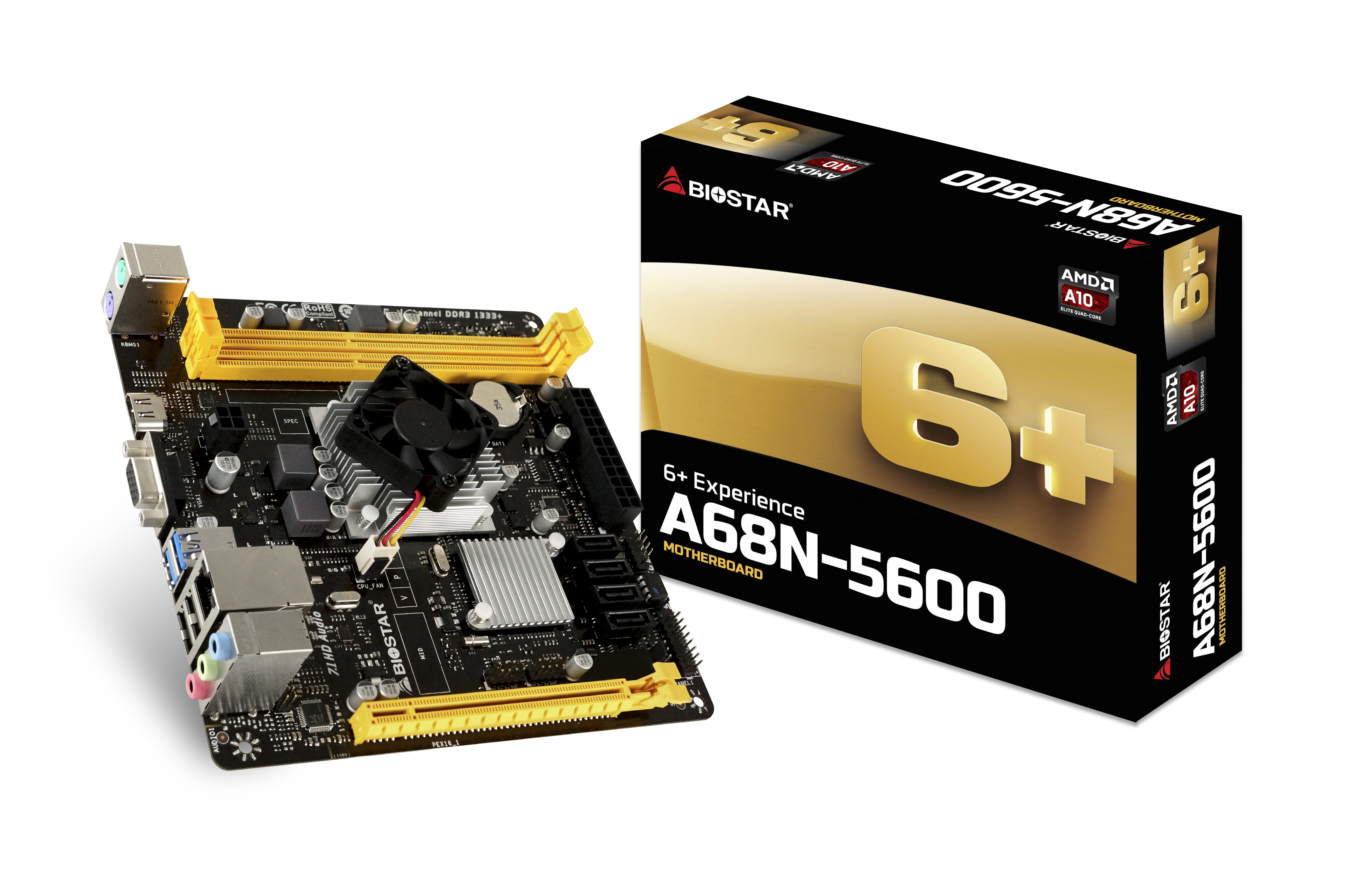Recently we had to chance to take a close look at a media card device that was literally worth more than its weight in gold – the Silicon Power Superior 1100X 64GB – and walked away very impressed with Silicon Power’s commitment to providing excellent storage devices targeted at professionals. For most people though CompactFlash is not the form-factor that their camera uses. Instead it is the lowly SD UHS-I card that has become the de-facto ruler of both entry level and mainstream cameras. Today we are going to take a look at another Silicon Power media card series that is targeted to cater this larger customer base: the Silicon Power Superior Pro.
As this new series is target towards more mainstream buyers and not the professional camera users, obviously price did have to play a large part in their decision-making process. The first thing that was left on the cutting room floor was SLC NAND options. Instead the Superior Pro series makes use of MLC NAND based storage. This change actually plays a large role in how Silicon Power was able to offer a 64GB SD card for only $70(USD)… or a reasonable $1.09 per Gigabyte.
![]()
On the surface this downgrade does sound disappointing and many a potential buyer hearing about Silicon Power for the first time may actually write off their Superior Pro series before digging any deeper. After all, Superior 1100X’s – and Silicon Power for that matter – main claim to fame is its SLC NAND, but this factoid needs to be put in its proper perspective before moving on to the more established brands and their latest offerings. MLC NAND based SD cards are actually not as easy as to come by as they once were. Much like with internal Solid State Drives the SD card marketplace has been transitioning to Tri-Level Cell (TLC) NAND for quite some time now. In fact, with only a few exceptions, MLC has been silently replaced with TLC in many a ‘known good’ model in the past year or two. This is a shame as TLC makes MLC look downright robust in comparison.
To be specific, while modern SLC is good for about 50,000 erase cycles, and MLC is only good for about 5,000… TLC has a hard time even hitting 3,000 – with 1.5 to 2.0K erase cycles being more typical. Also, while most have moved to TLC, Silicon Power’s MLC based Superior Pro is not only more robust than many of its competition it is also faster. This is because every time NAND manufactures increase the density of a cell the write speed also is reduced along with cell durability. This decision to use MLC may actually be a good thing as it places the Silicon Power Superior Pro in rather rare company these days… and we always love showing you our loyal readers ‘diamonds in the rough’ that you may otherwise have overlooked.
This combination of good potential performance, durability, value and their upfront ‘nothing to hide’ attitude towards the type of NAND used inside a given model is why when Silicon Power approached us to review this relatively unknown series we agreed. So with the stage properly set, lets see what the Silicon Power Superior Pro can actually do… and if this is another option worthy of your time and money.










